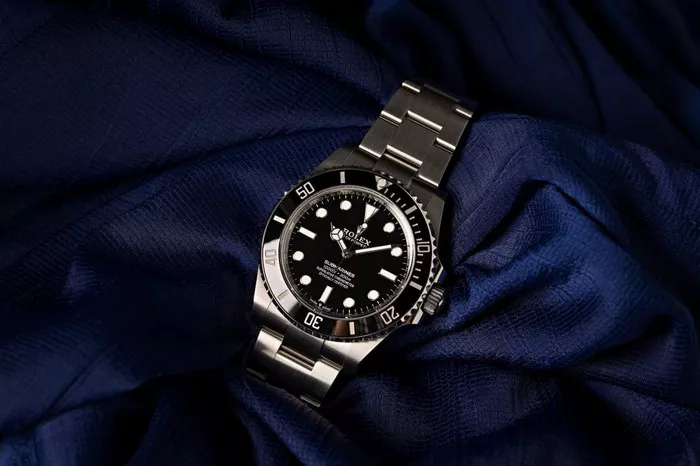As we embark on a journey back to the turn of the millennium, the year 2000, we delve into the world of luxury watches and unravel the mysteries surrounding the cost of a Rolex during that era. This exploration will provide insights into the historical context, the dynamics influencing pricing, and the enduring appeal that has defined Rolex as a symbol of status and precision.
1. Rolex in the Year 2000: A Snapshot of Luxury
Timeless Legacy:
Rolex, even in the year 2000, had already established itself as a paragon of timeless elegance and exceptional craftsmanship. The brand’s legacy and commitment to precision positioned it as a sought-after symbol of success.
Global Recognition:
Rolex’s reputation as a globally recognized luxury brand was firmly in place. The iconic crown logo adorned the wrists of individuals who sought not just a timekeeping device but a statement of refined taste and achievement.
2. The Range of Rolex Models and Their Varied Costs
Diversity in Models:
Rolex offered a diverse range of models in the year 2000, each catering to different preferences and lifestyles. From the iconic Submariner and Datejust to the Day-Date and Daytona, there was a Rolex for every discerning individual.
Varied Price Points:
The cost of a Rolex in 2000 varied significantly based on the specific model, materials used, and additional features. Stainless steel models were generally more affordable compared to those crafted from precious metals like gold or platinum.
3. Factors Influencing Rolex Prices in 2000
Materials and Craftsmanship:
The core of Rolex’s pricing has always been rooted in the use of high-quality materials and meticulous craftsmanship. In 2000, watches crafted from precious metals commanded higher prices, emphasizing both luxury and durability.
Innovation and Technological Advancements:
Rolex’s commitment to innovation continued into the new millennium. Technological advancements, such as improved movements and enhanced water resistance, influenced the pricing, reinforcing the brand’s reputation for reliability.
4. Rolex’s Position in the Luxury Market
Symbol of Success:
Owning a Rolex in 2000 was not merely about telling time; it was a declaration of success and accomplishment. The brand’s association with prestige and luxury positioned it as an aspirational accessory, transcending its utilitarian function.
Exclusivity and Demand:
Rolex maintained an air of exclusivity by carefully controlling production. The high demand for these coveted timepieces, coupled with limited availability, contributed to the brand’s allure and justified its premium pricing.
5. The Enduring Legacy and Collector’s Market Today
Design Timelessness:
The design language of Rolex watches in 2000 was characterized by timeless elegance. The classic aesthetics, including iconic features like the Oyster case and the Cyclops lens, have stood the test of time, contributing to the enduring appeal.
Collector’s Market Impact:
Vintage Rolex watches from the year 2000 have become sought after in the collector’s market. Well-maintained pieces with unique features or limited editions often command premium prices, reflecting their historical significance.
Conclusion: A Chronicle of Timeless Luxury
In conclusion, the cost of a Rolex in the year 2000 unveils not just a price tag but a chapter in the story of timeless luxury. Rolex, with its unwavering commitment to quality and innovation, has transcended time and trends. The watches from 2000, now considered vintage, continue to captivate enthusiasts and collectors alike. Each Rolex from that era represents a moment frozen in time, a testament to the brand’s enduring legacy as a purveyor of luxury and precision.

